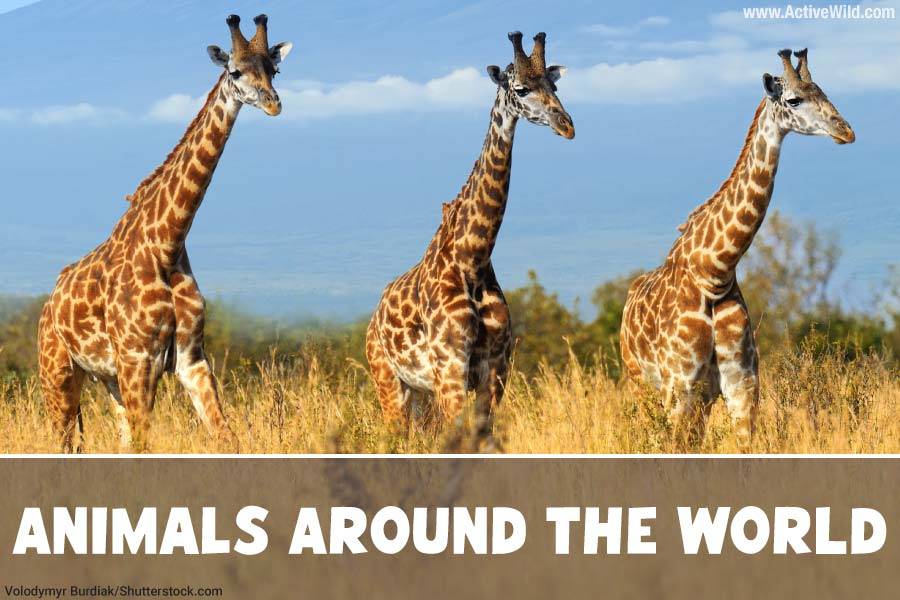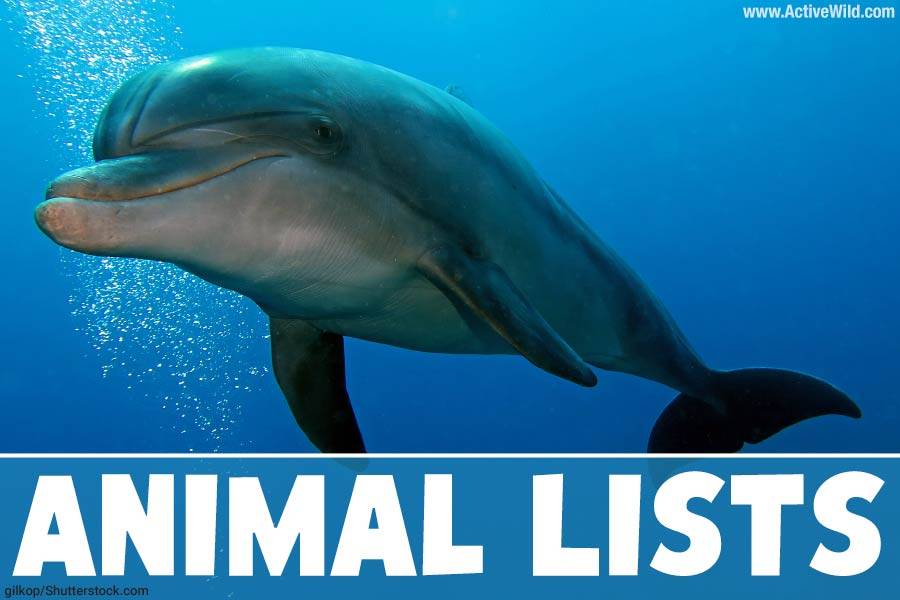
A complete guide to animals and the animal kingdom, plus links to essential animal information on Active Wild.
Animal Pages on Active Wild
Click on the images and links below to explore different aspects of the animal kingdom.
Animals (This Page)

A complete guide to animals and the animal kingdom. Find out: what makes an animal an animal; how animals are classified; invertebrates vs vertebrates, and the major types of animals.
Explore Different Types Of Animals
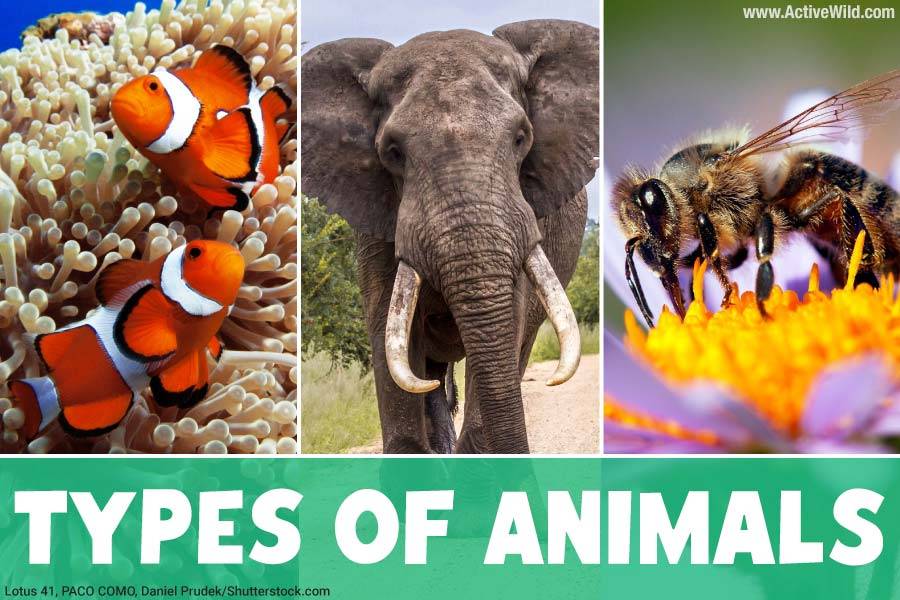
In order to understand the relationships between different species, zoologists classify animals into groups.
You can see examples of animals in each of the major groups on the pages below:
- Mammals – Complete Guide
- Examples of Mammals
- Reptiles – Complete Guide
- Examples of Reptiles
- Birds – Complete Guide
- Examples of Birds
- Amphibians – Complete Guide
- Examples of Amphibians
- Fish – Complete Guide
- Examples of Fish
- Insects – Complete Guide
- Arachnids – Complete Guide
- Crustaceans – Complete Guide
- Examples of Invertebrates
- Examples of Arthropods
- Examples of Mollusks
More Animals…
- Types of Dogs (pictures & facts on every living dog species)
- Types of Cats (pictures & facts on every living cat species)
- Types of Bears (pictures & facts on every living bear species)
- Types of Penguins (pictures & facts on every living penguin species)
- Types of Lizards (pictures & facts)
- Types of Turtles (pictures & facts)
- Types of Sharks (pictures & facts)
- Types of Snakes (pictures & facts)
Endangered Animals

Sadly, many animal species throughout the world are threatened with extinction. Find out more about endangered animals and the threats that they face on this page:
Animal Species Profiles
Learn more about your favorite animals!
Mammal Species
Reptile Species
- Alligator Snapping Turtle
- American Alligator
- American Crocodile
- Black Mamba
- Boa Constrictor
- Caiman
- Flatback Sea Turtle
- Frill-Necked Lizard
- Galápagos Tortoise
- Gharial
- Gila Monster
- Green Anaconda
- Green Sea Turtle
- Inland Taipan
- Komodo Dragon
- Leatherback Sea Turtle
- Mojave Desert Tortoise
- Nile Crocodile
- Perentie
- Prairie Rattlesnake
- Reticulated Python
- Saltwater Crocodile
- Sidewinder
- Tuatara
- Western Diamondback Rattlesnake
Animals – A Complete Guide

Animals: Complete Guide – Index
- Introduction
- What Is An Animal?
- Characteristics Of Animals
- Animal Classification
- Types of Animals
- Invertebrates
- Sponges
- Sea Squirts
- Lancelets
- Coral
- Insects
- Crustaceans
- Mollusks
- Vertebrates
- Fish
- Amphibians
- Reptiles
- Birds
- Mammals
- Conclusion
Introduction
From the smallest insects to the largest whales, deep sea fish to high-flying birds; animals come in many different shapes and sizes and are found in nearly every part of the world.
The first animals were likely sponge-like sea creatures that appeared in Earth’s oceans around 665 million years ago (source). Today, over 2 million different animal species have been identified (around half of which are insects).
Humans Are Animals
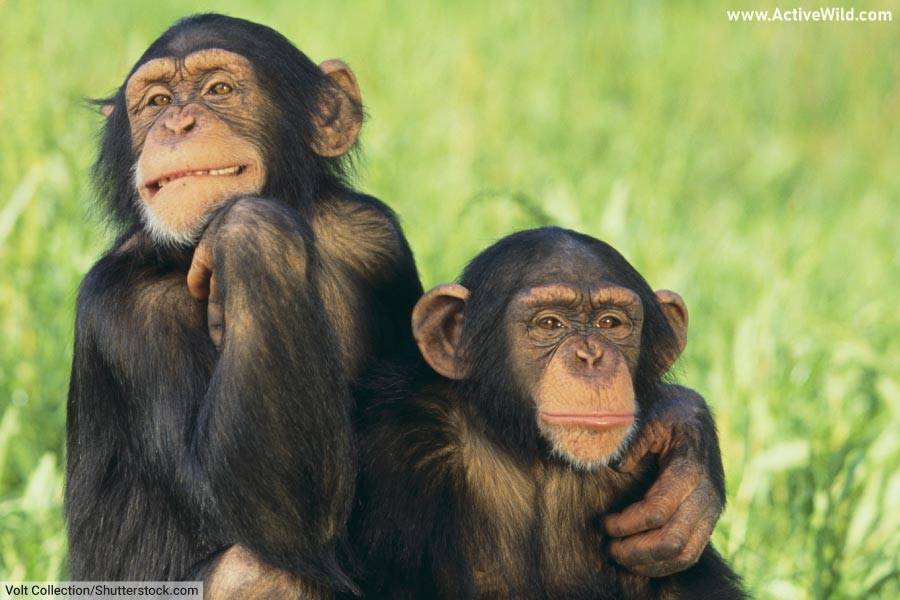
Humans are animals of the order Primates. Our closest relatives in the animal kingdom are chimpanzees (and bonobos), which, like us, belong to the “great ape” family, Hominidae.
Terms such as “kingdom”, “order” and “family” are explained in the “Animal Classification” section, below.
Return to complete guide index
What Is An Animal?
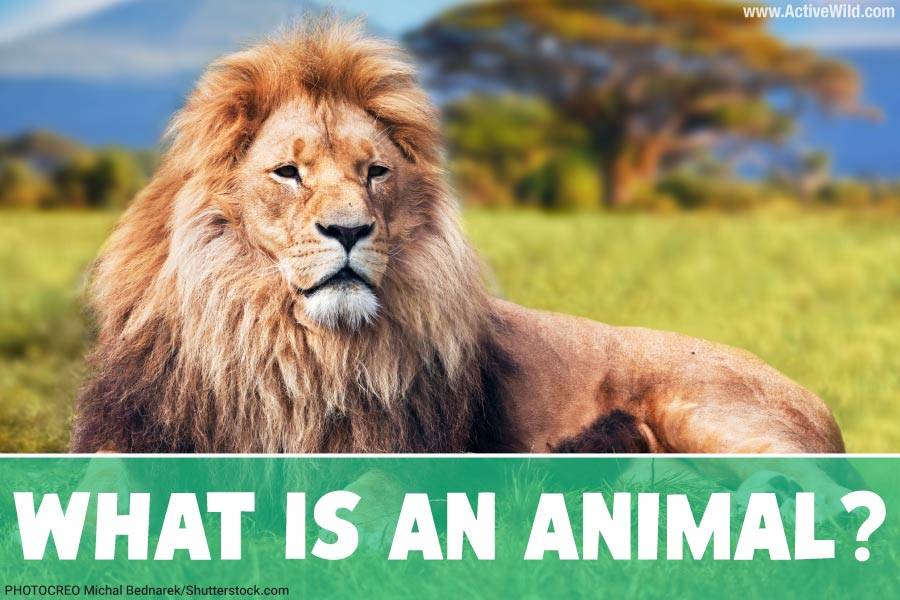
An animal is a complex, multicellular organism that belongs to the biological kingdom Animalia – the animal kingdom.
Animals range from relatively simple organisms such as sponges and jellyfish to complex ones such as humans and elephants.
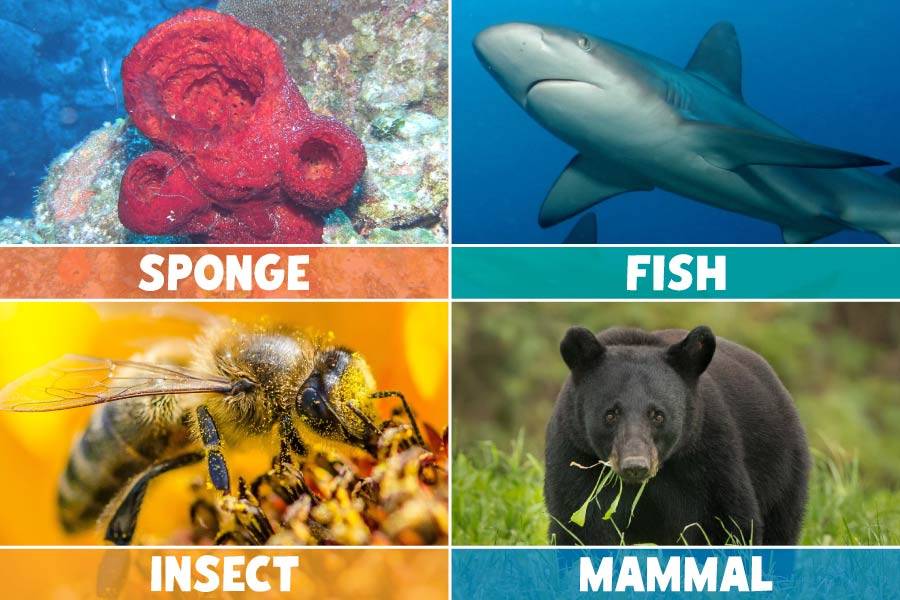
The animal kingdom isn’t the only kingdom: examples of other kingdoms include the plant kingdom (scientific name Plantae), and the fungus kingdom (scientific name Fungi).
In order to be placed in the animal kingdom, rather than another kingdom, an organism must have certain characteristics, which are listed in the following section.
Return to complete guide index
Characteristics Of Animals
Below are listed the main characteristics of animals.

- Animals are able to move voluntarily, although not all animals display this trait throughout their lives (corals, for example, become attached to the sea bed after a brief larval stage, during which they can swim).
- Animals are heterotrophic, which means they rely on other organisms—plants and/or other animals—for their food, as they cannot synthesize their own food as plants do via photosynthesis.
- Animals are multicellular. Cells are the “building blocks” from which the bodies of living things are made.
Whereas simple organisms, such as bacteria and protozoa, are “unicellular”, which means they are made up of a single cell, animals are multicellular (multi-celled) organisms: they are made up of thousands, and usually millions upon millions, of cells.
- Animals have eukaryotic cells. Eukaryotic cells have a nucleus and other organelles that are enclosed within barriers called membranes.
The nucleus contains genetic information that tells the organism how to grow. An organelle is a structure within a cell, such as a nucleus, that has a specific function.
Both animals and plants have eukaryotic cells. However, plant cells have certain features, such as a rigid cell wall and chloroplasts (which enable photosynthesis) that are not present in animal cells.
You can find out more about animal cells on this page: Animal Cells
- One of the defining features of animals is their ability to respond quickly to changes in the environment, facilitated by their well-developed sensory and nervous systems. Unlike plants, which typically react slowly to environmental changes, animals can make rapid, coordinated movements in response to various stimuli.
- Although animals exhibit diverse forms of reproduction, most animal species reproduce sexually.
Although all animals share the above characteristics, animals exhibit diverse body plans, life cycles, and forms of behavior. The kingdom Animalia is one of the most diverse groups of organisms on the planet, containing millions of species spread across various habitats around the globe.
Return to complete guide index
Animal Classification
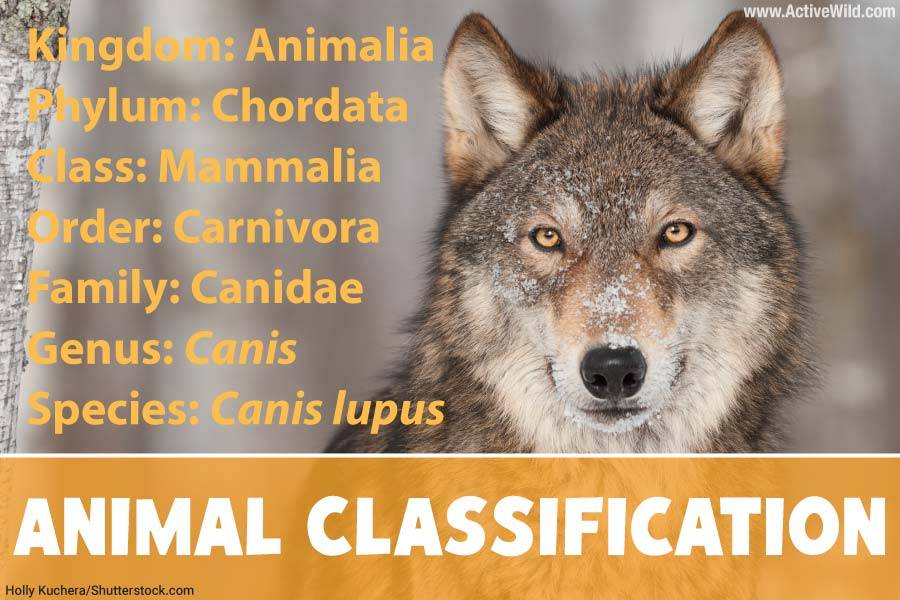
Discover more on this page: Animal Classification
Animal classification is the scientific system used to categorize and organize the vast diversity of animals on Earth.
In animal classification, each animal is grouped based on various features, such as physical characteristics, genetic relationships, and evolutionary history. Animal classification provides a structured way to name, rank, and classify the millions of animal species discovered.
The science of classifying organisms is called taxonomy.
The primary levels of this system, from broad to specific, are: domain, kingdom, phylum, class, order, family, genus, and species. Each of these levels is known as a taxonomic rank.
Taxonomic Ranks From Broad To Specific
- Domain
- Kingdom
- Phylum (plural: phyla)
- Class
- Order
- Family
- Genus (plural: genera)
- Species
A human belongs to the kingdom Animalia, the phylum Chordata (animals with a notochord), the class Mammalia (mammals), the order Primates, the family Hominidae (great apes and humans), the genus Homo, and the species Homo sapiens.
Note that genus and species names are italicized, and that the species name has two parts: the generic name (the genus), followed by the specific name.
Animal classification not only provides a standardized nomenclature for scientists to communicate about different species, but it also reveals evolutionary relationships among various animal groups.
An example of an animal group is the class Mammalia, whose members are known as mammals. All mammals have hair. They also feed their young with milk produced by the mother’s body. (Imagine how beneficial it is for young mammals to have a ready-made source of food waiting for them!)
Species classified within the same family or genus share a more recent common ancestor compared to those in different families or orders, and are therefore more closely related.
For example, humans are more closely-related to orangutans than they are to dogs. Although humans, orangutans and dogs all belong to the class Mammalia, humans and orangutans both belong to the order Primates, whereas dogs belong to the order Carnivora.
By comparing traits and genetic sequences, scientists can infer these evolutionary relationships and construct phylogenetic trees, diagrams that depict the inferred evolutionary relationships. Such analyses have greatly advanced our understanding of animal biodiversity and the evolutionary history of life on Earth.
Return to complete guide index
Types Of Animals

You can find out more about the different types of animals on this page: Types of Animals
Vertebrates vs Invertebrates

Vertebrates and invertebrates are two major divisions within the kingdom Animalia, differentiated primarily by the presence or absence of a backbone.
Vertebrates, belonging to the phylum Chordata, have a backbone or spinal column, which forms the main support structure for the body and houses the spinal cord. This group includes mammals, birds, reptiles, amphibians, and fish.
In contrast, invertebrates lack a backbone and are immensely diverse, making up about 97% of all known animal species. This group encompasses several phyla, including Arthropoda (insects, spiders, crustaceans), Mollusca (snails, clams, octopuses), Annelida (earthworms, leeches), and many others.
Vertebrates make up a self-contained group: the subphylum Vertebrata. Invertebrates belong to many different groups.
While invertebrates exhibit a wide range of body plans and structures, vertebrates have a more standardized body plan due to their shared backbone structure.
Return to complete guide index
Types Of Invertebrates
Below are some of the main types of invertebrates.
You can see more examples of invertebrates on this page: Invertebrates Examples
Sponges
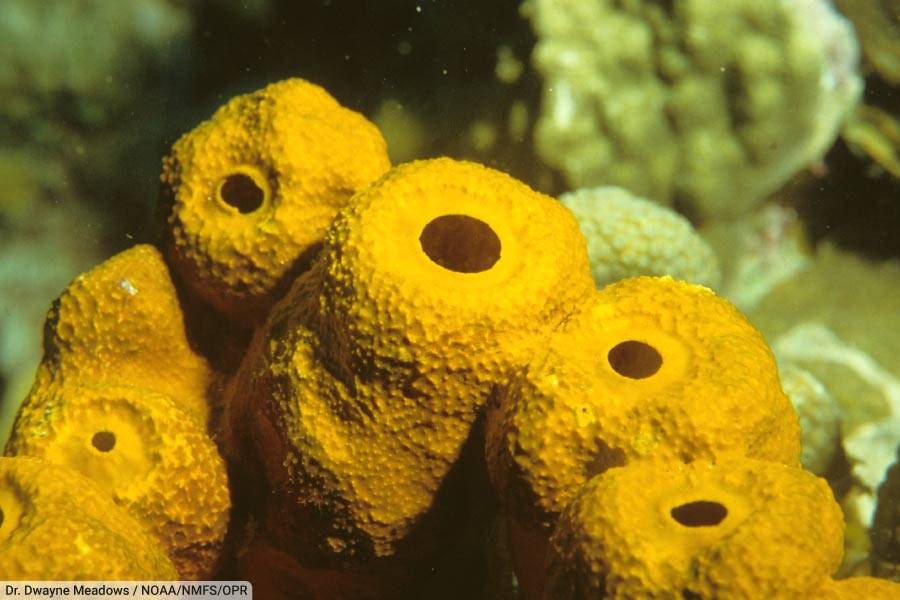
Although seemingly more like plants than animals, sponges are nevertheless members of Animalia.
Sponges are very primitive animals, lacking organs and a nervous system. (A nervous system consists of nerves that transmit signals between different parts of the body, allowing them to ‘talk’ to each other.) Unlike other animals, the bodies of sponges are not symmetrical.
Although most sponges attach themselves to the sea bed and don’t move as adults, sponge larvae are able to swim.
Sea Squirts
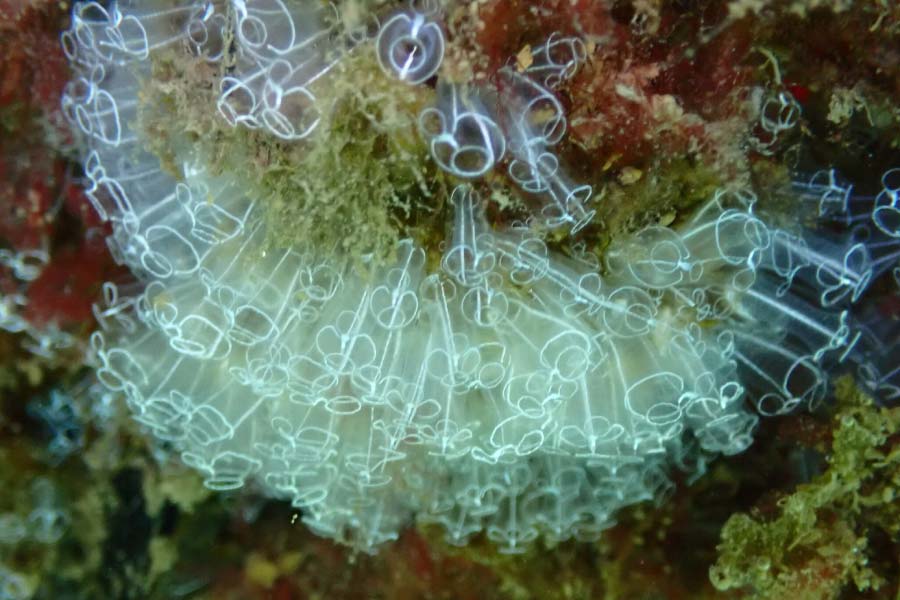
Sea squirts are tube-shaped sea animals, which, after a short time spent as free swimming larvae, affix themselves onto the sea bed. They filter particles of food from water that is passed through their bodies.
Although, like sponges, sea squirts look more like plants than animals, they have organs and a simple nervous system.
Lancelets
Lancelets are small fish-like animals with translucent bodies. Although they don’t have a backbone – and are therefore not vertebrates – they do possess a flexible central nerve cord called a notochord.
Lancelets are harvested for food in some Asian countries. They are also studied by scientists for clues as to how vertebrates (animals with backbones) evolved.
Corals
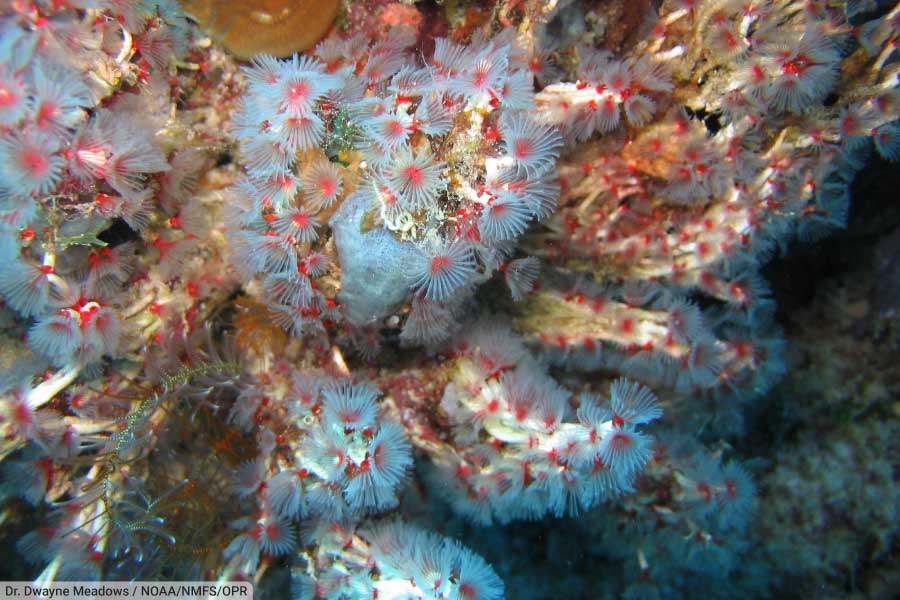
You might think of coral as the rocky substance that makes coral reefs. In fact, corals are invertebrate animals that, in their larval form, are able to swim. Most corals remain in their larval form for just a few days before settling in a suitable position.
The body form of a coral is known as a ‘polyp’. Polyps are tubular, with tentacles and a mouth at one end. The coral secretes a hard substance called calcium carbonate as a protective exoskeleton. Coral reefs are formed by the exoskeletons of coral colonies.
Insects
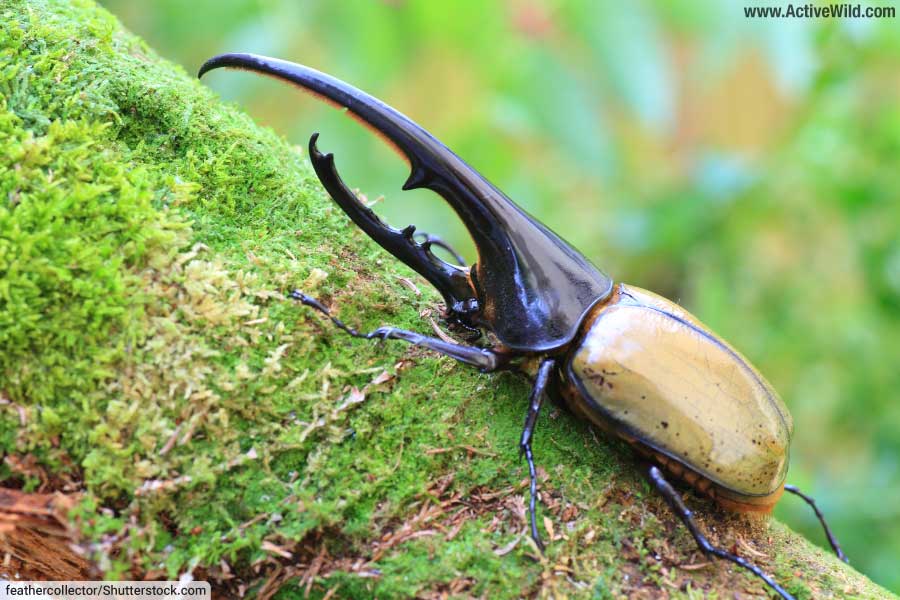
Insects are quite possibly the most successful group of animals ever to have existed. They’ve been around for 400 million years, first appearing in the Devonian Period. (By comparison, modern humans only appeared 200 thousand years ago.)
Over one million insect species have been identified – that’s more than half of all known animals. It is estimated that there may be as many as 10 million extant (living) species in total – so there are plenty more insects waiting to be discovered!
All insects share the same basic body plan. An insect’s body is divided into three parts: the head, thorax and abdomen. An insect’s six legs are attached to the thorax, and its two antennae are attached to the head.
You can find out more about insects on this page: Insects
Crustaceans
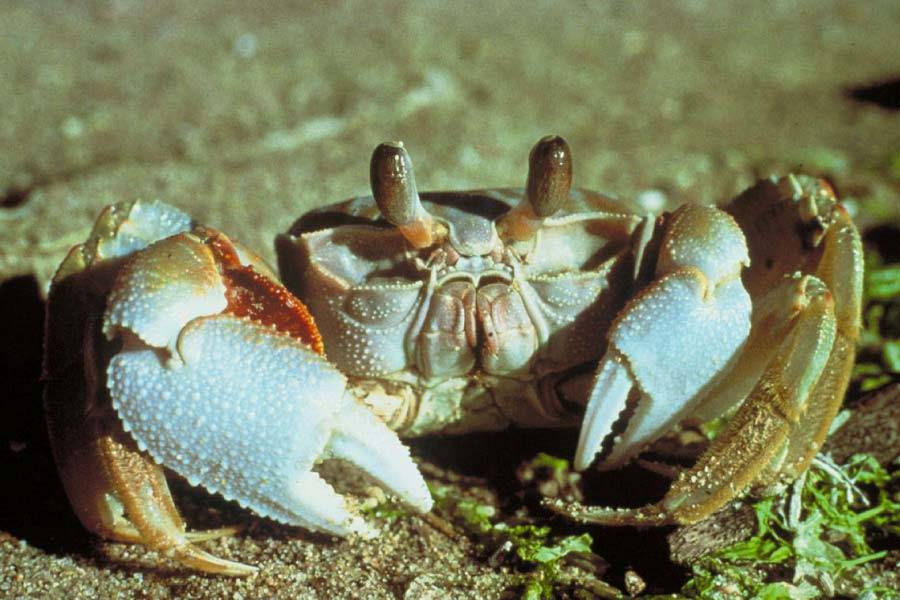
Most people know that crabs are crustaceans, but the group contains many other types of animals, including lobsters, shrimps, krill and water fleas. Most crustaceans live in the sea, but some, such as woodlice, are adapted to living on land.
A crustacean’s body is protected by a hard exoskeleton. Many crustaceans have a carapace (hard shell), which is part of the exoskeleton. The crustacean has to shed the exoskeleton in order to grow.
You can find out more about crustaceans on this page: Crustaceans
Mollusks (Molluscs in British English)
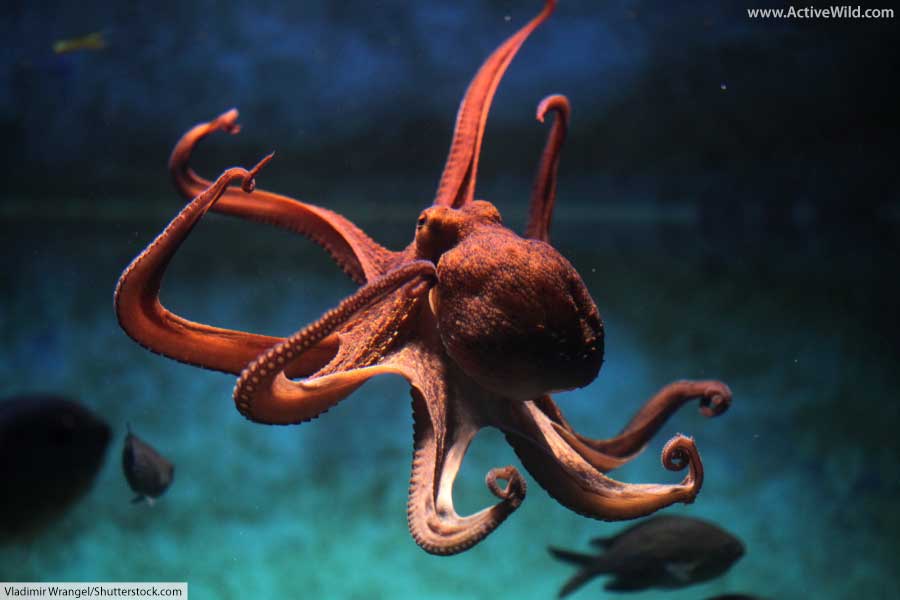
The world’s oceans are home to a greater number of mollusk species than to species of any other animal group.
The phylum Mollusca is extremely varied. It contains groups such as the bivalves (clams, oysters and mussels); gastropods (slugs and snails); and cephalopods (squid and octopuses).
Most mollusks live in the sea, but some, such as snails and slugs, are also found on land.
A characteristic of all mollusks is a specialized fleshy part called a mantle. The mantle covers much of the body and forms a cavity which houses the mollusk’s vital organs.
You can see examples of mollusks on this page: Mollusks Examples
You can see more examples of invertebrates on this page: Invertebrates Examples
Return to complete guide index
Types Of Vertebrates
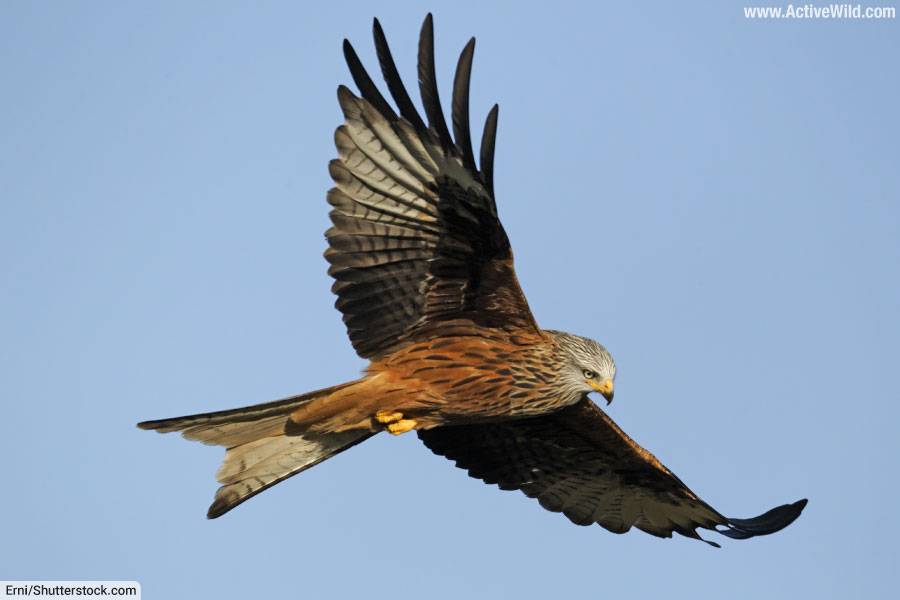
Unlike invertebrates, vertebrates (members of the subphylum Vertebrata) form a scientific group in animal classification. Vertebrata includes all animals with a backbone.
As of May 2023, 70,347 vertebrate species are listed in the Catalogue of Life (an online species database). (source)
Vertebrata is home to all fish, amphibians, reptiles, mammals and birds.
Fish
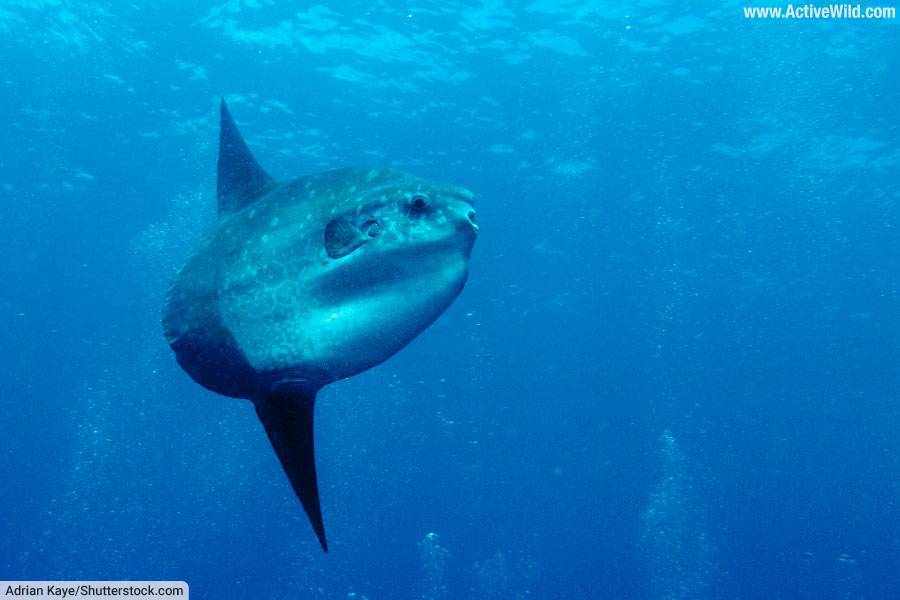
Fish are aquatic animals with streamlined bodies, fins instead of limbs, and gills. Gills are organs that extract oxygen from the water and excrete carbon dioxide.
Around half of all vertebrate species are fish. There are two main types of fish: bony fish (Osteichthyes) and cartilaginous fish (Chondrichthyes).
The skeletons of bony fish are made of bone, whereas those of cartilaginous fish are made of a flexible, bone-like substance called cartilage.
Bony fish are by far the largest group of fish. The group includes fish such as trout, goldfish, cod and marlin. Cartilaginous fish include the sharks, rays and skates.
You can find out more about fish on this page: Fish
You can see examples of different types of fish on this page: Fish Examples
Amphibians

Amphibians evolved from fish around 360 million years ago. They were the first vertebrates to live on land. Amphibians have moist skin, and lack the protective scales found in reptiles.
Many amphibians begin life in water as larvae equipped with gills. After undergoing a process known as metamorphosis, amphibians develop lungs and are able to live on land. (Some amphibians, such as the axolotl, don’t undergo metamorphosis.)
There are three main groups of amphibians:
- Anura (frogs and toads)
- Urodela (salamanders)
- Apoda (caecilians)
Caecilians are burrowing animals that resemble worms or snakes. They are found both on land and in water.
Salamanders have long tails and cylindrical bodies. Most have four legs, but some species spend most of their lives in the water and only have two small front limbs.
Frogs have tail-less, muscular bodies, and well-developed hind legs for jumping and swimming.
You can find out more about amphibians on this page: Amphibians
You can see examples of different types of amphibians on this page: Amphibians Examples
Reptiles
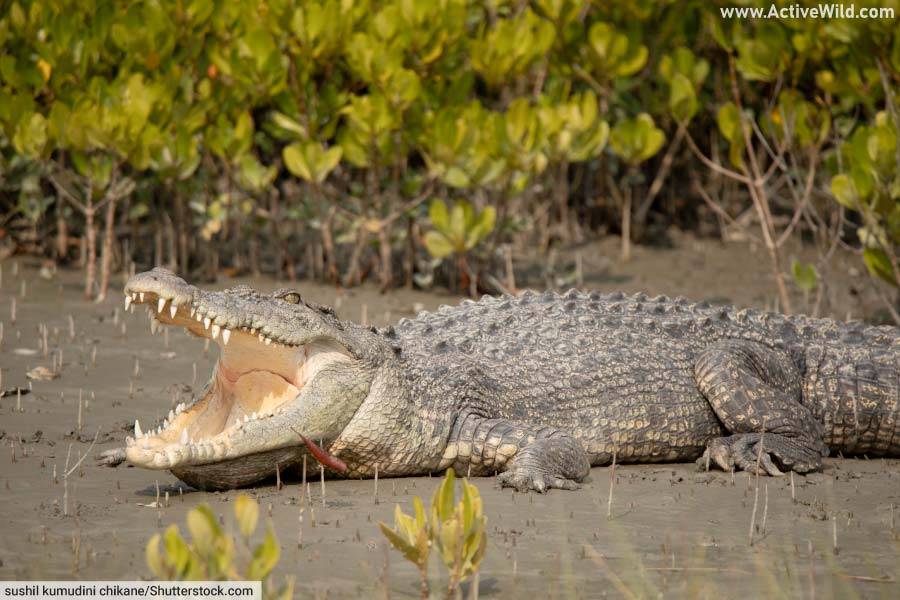
Reptiles are members of the class Reptilia. They evolved from amphibians around 310 million years ago.
Protected by scales, and able to lay eggs, early reptiles were no longer reliant on water, and could occupy habitats unavailable to amphibians.
Reptiles rose to prominence during the Mesozoic Era – the ‘Age of the Reptiles’ – and, as dinosaurs, were the dominant land animals. One branch of dinosaurs evolved into birds, and some scientists consider birds to be part of Reptilia.
Reptiles are cold-blooded and most lay eggs, although some reptiles give birth to live young. Today’s reptiles include crocodilians (crocodiles, alligators and gharials), snakes, lizards and turtles.
You can find out more about reptiles on this page: Reptiles
You can see examples of different types of reptiles on this page: Reptiles Examples
Birds
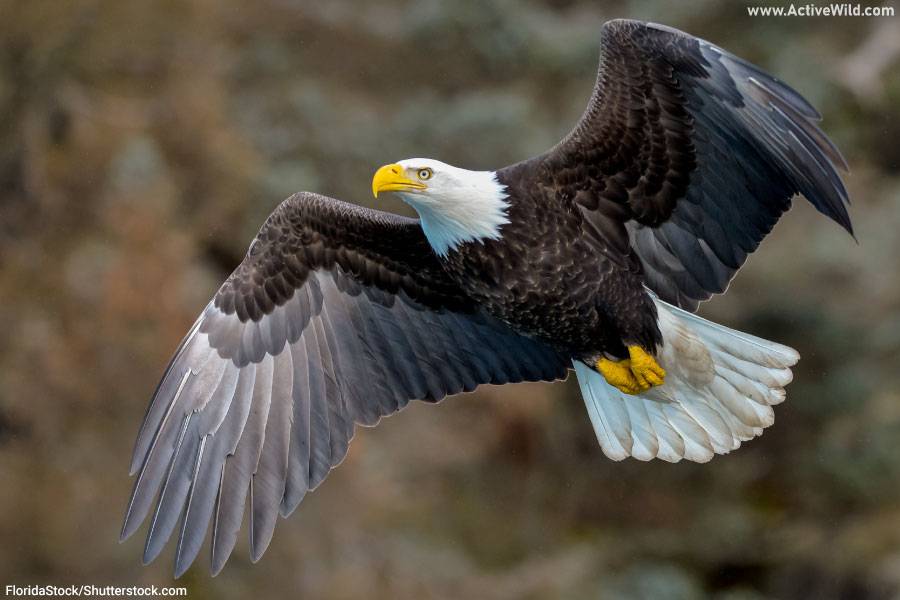
Birds are the only living descendants of dinosaurs, and are often referred to as “avian dinosaurs”. The first birds evolved from dinosaurs around 150 million years ago, over time losing their teeth and tails and developing beaks.
Birds are feathered, egg-laying vertebrates, most of which are able to fly. They are found on every continent and are able to survive in a wide range of conditions.
There are around 10,000 bird species. More than half are passerines, or “perching birds”, members of the order Passeriformes. Passerine feet have three forward-facing toes and one backward-facing toe, an arrangement favorable to perching.
Other well-known bird groups include ratites (ostriches, cassowaries, kiwis, etc.), Psittaciformes (parrots), Sphenisciformes (penguins) and Accipitriformes (eagles, hawks and vultures).
You can find out more about birds on this page: Birds
You can see examples of different types of birds on this page: Types Of Birds
Mammals
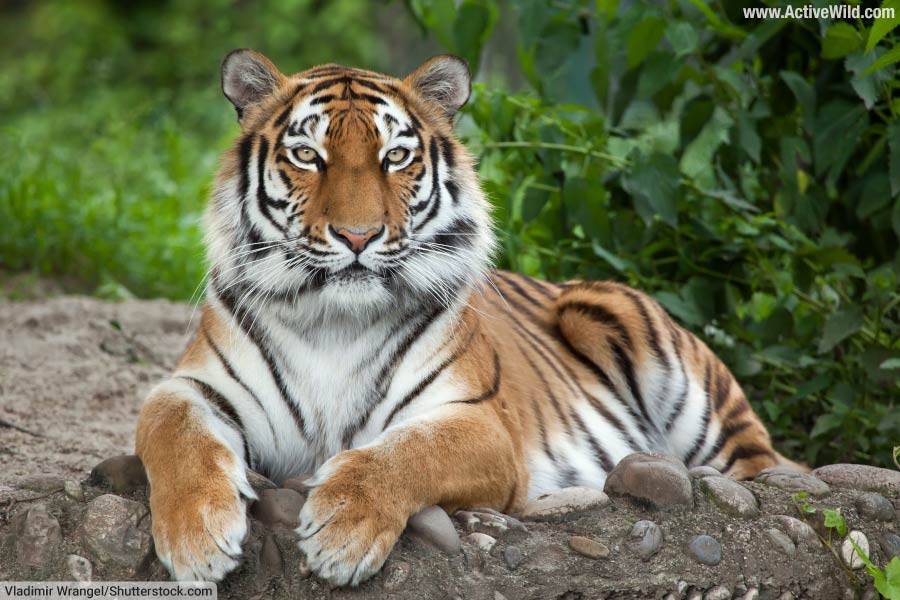
Last but not least we come to the mammals, members of the class Mammalia. Mammals have hair, are warm-blooded, breathe air, and all but five species give birth to live young.
(The five species that don’t give birth to live young are the monotremes. Monotremes are egg-laying mammals. The group comprises the platypus and four species of echidna.)
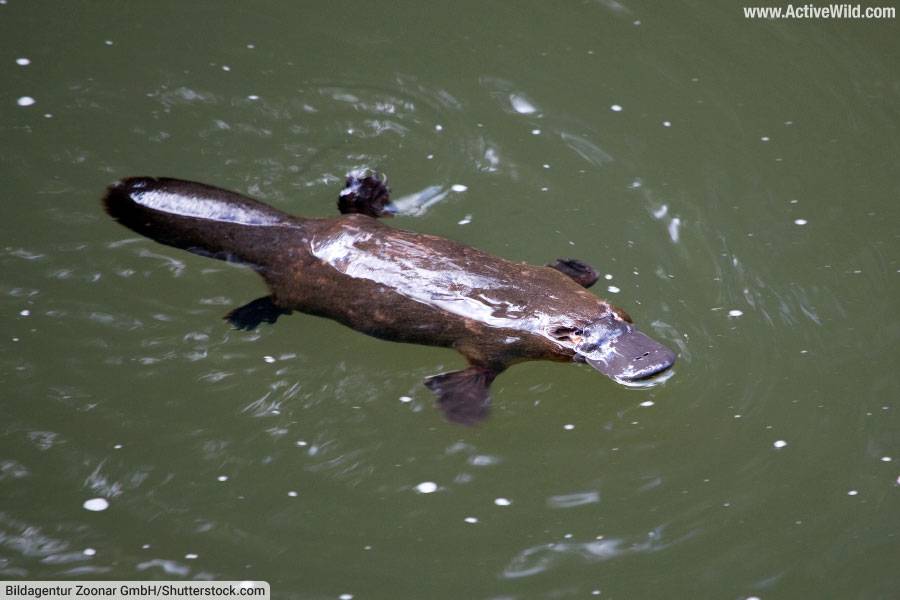
One of the most distinctive characteristics of mammalia is that female mammals have mammary glands. These are modified sweat glands that produce milk. This ready-made source of nourishment is highly advantageous to infant mammals.
The three main types of mammal are monotremes, marsupials and placental mammals.
Marsupials give birth to small, relatively undeveloped young, known as ‘joeys’. Joeys undergo further development within a special pouch in the mother’s body.
The developing fetus of a placental mammal receives nourishment from a special organ called a placenta while being carried in the mother’s womb.
You can find out more about mammals on this page: Mammals
You can see examples of different types of mammals on this page: Types Of Mammals
Return to complete guide index
Animals – A Complete Guide: Conclusion
We hope that you have enjoyed reading about animals and the animal kingdom. On this page you’ve found out about how animals are classified and what makes an animal an animal. You’ve also met many of the groups within Animalia.
Now discover more amazing animals!
- Rainforest Animals
- Endangered Animals
- Ocean Animals
- African Animals
- Australian Animals
- Arctic Animals
- Antarctic Animals
- Animal Classification
- Mammals – The Ultimate Guide
- Visit the Active Wild Online Zoo
Return to complete guide index
The post Animals: The Ultimate Guide To The Animal Kingdom appeared first on Active Wild.
